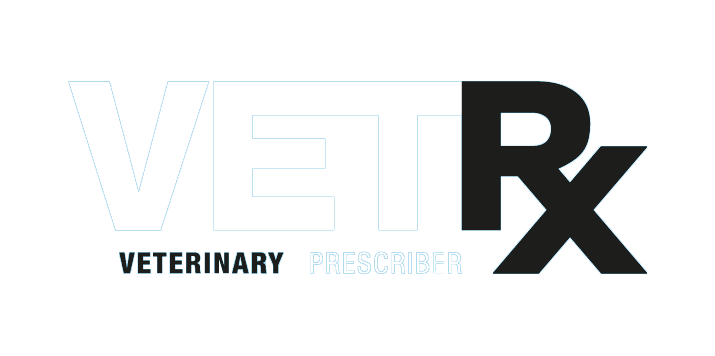Pharmacovigilance and communicating drug safety information
Pharmacovigilance and communicating drug safety information
Medicines regulatory systems have arisen out of the need to protect animals and humans from the toxic effects of drugs, as well as to ensure that there are benefits to gain from the treatments. Medicines regulation in the UK was established in the late 1960s (with the Medicines Act 1968) as a result of the thalidomide disaster; this was the occurrence of limb malformations and cardiac defects in babies born to mothers who had taken the drug thalidomide, which had been marketed for the relief of morning sickness. Consequently, a main aim of the regulatory processes that have developed – for veterinary and human medicines – is to avoid major tragedies by finding out as much as possible about the toxic effects of a drug through in-vitro and animal toxicity tests, and by looking for adverse effects of the drug in pre-marketing clinical trials.
However, pre-marketing trials of veterinary medicines usually include a few hundred animals at best – not enough to detect rarer adverse effects. This means that the full spectrum of the risks (and benefits) of medicines may not become apparent until they have been used in many thousands of animals after having been on the market for a while (maybe several years). So, pharmacovigilance, the system for monitoring medicines after marketing, is a vital function of the regulatory authorities, including the UK’s Veterinary Medicines Directorate (VMD). It is a system that relies on voluntary reporting of suspected adverse effects by the people who use the medicines – veterinary professionals and animal owners.
But how does the information that is collected through pharmacovigilance make its way back to the people who prescribe and supply veterinary medicines so as to reduce the risk to patients (and, in some cases, the people who handle the products), and also to avoid potential litigation?
The information is certainly used to update product information (summaries of product characteristics [SPCs]); the VMD publishes a round up of these changes every month (and they make their way to reports in the Vet Record, Vet Times and in Veterinary Prescriber’s monthly newsletters). The VMD also publishes an annual pharmacovigilance report. The most recently published is a review of the adverse event reports received in 2018. For the past 2 years, the report has been restricted to a summary that includes an overview of the number of reports, by product type and species, general guidance on reducing the risks of harm, and a list of the changes made to SPCs as a result of the reports. Although the summary is quicker to read than the fuller reports published in previous years, I miss the detail that helps make the adverse effects seem more tangible. Somehow it is not so easy to take in the information when it is presented as a dry SPC statement. Another new feature offered by the VMD in the last year or so is access to an online database of reports. My first impressions of this are that it offers limited insight to practitioners. For example, a search on ectoparasiticides and dogs gives a list of adverse effects in decreasing order of the number of reports for the therapeutic group in general, but it is not possible to search by brand or active ingredient.
Veterinary professionals need clear and timely information about the harm-benefit balance of veterinary medicines and I wonder whether the current provision meets these needs This is a topic that the Dog’s Blog will return to.
Andrea Tarr, Founder and Director, Veterinary Prescriber.
Our purpose...
…is to supply veterinary practitioners with unbiased insights into veterinary pharmaceuticals, empowering them to make treatment choices that prioritise the welfare of the animals in their care. Our primary platform for achieving this is our Virtual Veterinary Medicines Academy. The medicines appraisals you’ll find here, grounded in evidence and subject to peer review, are created using a meticulous investigative and editorial process. These assessments are succinctly delivered through our multimedia Continued Professional Development (CPD) modules. We operate independently, using funding from subscribers rather than advertising or commercial backing - which enables the informational resources we produce to be truly impartial and objective.
